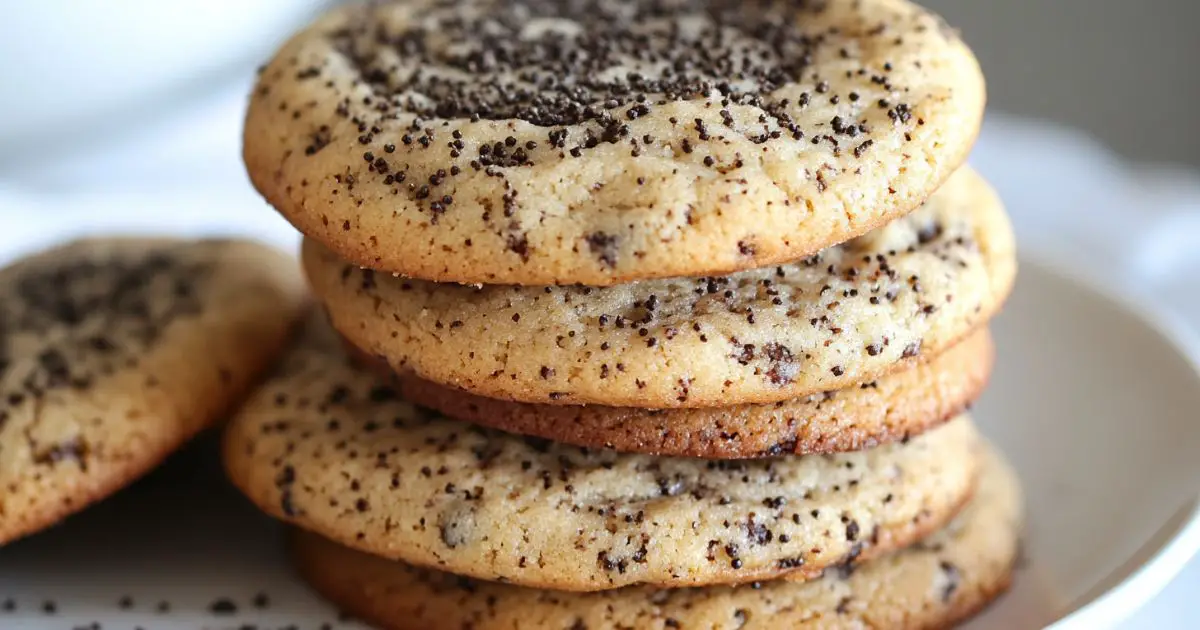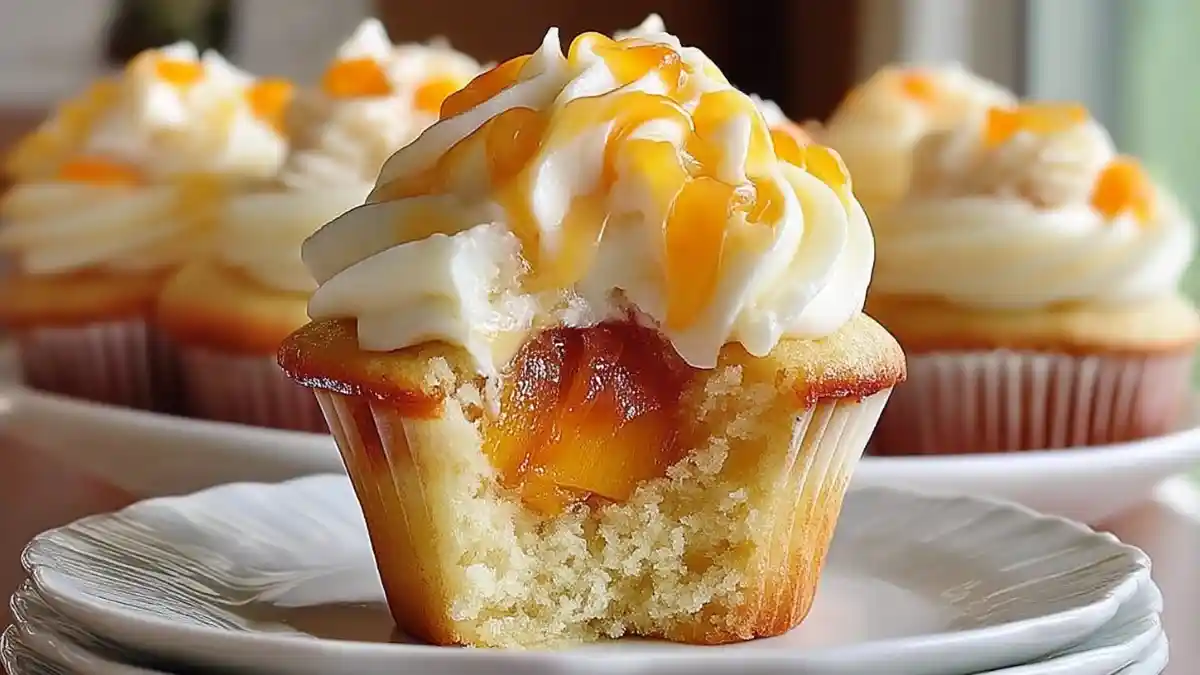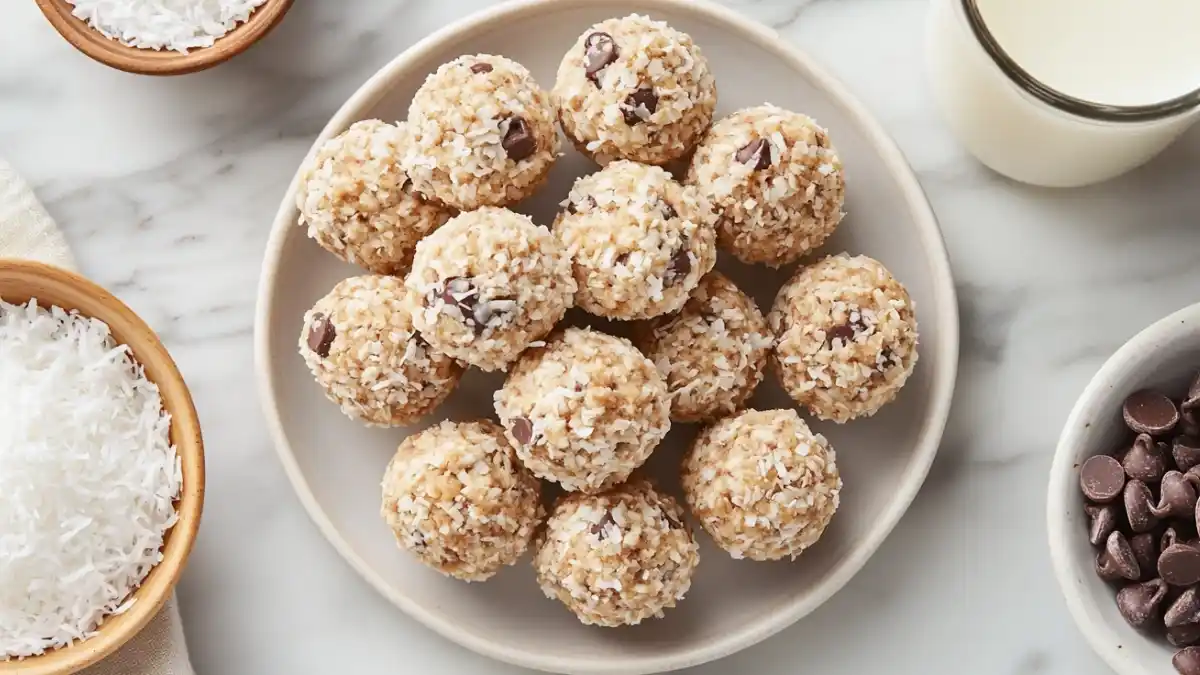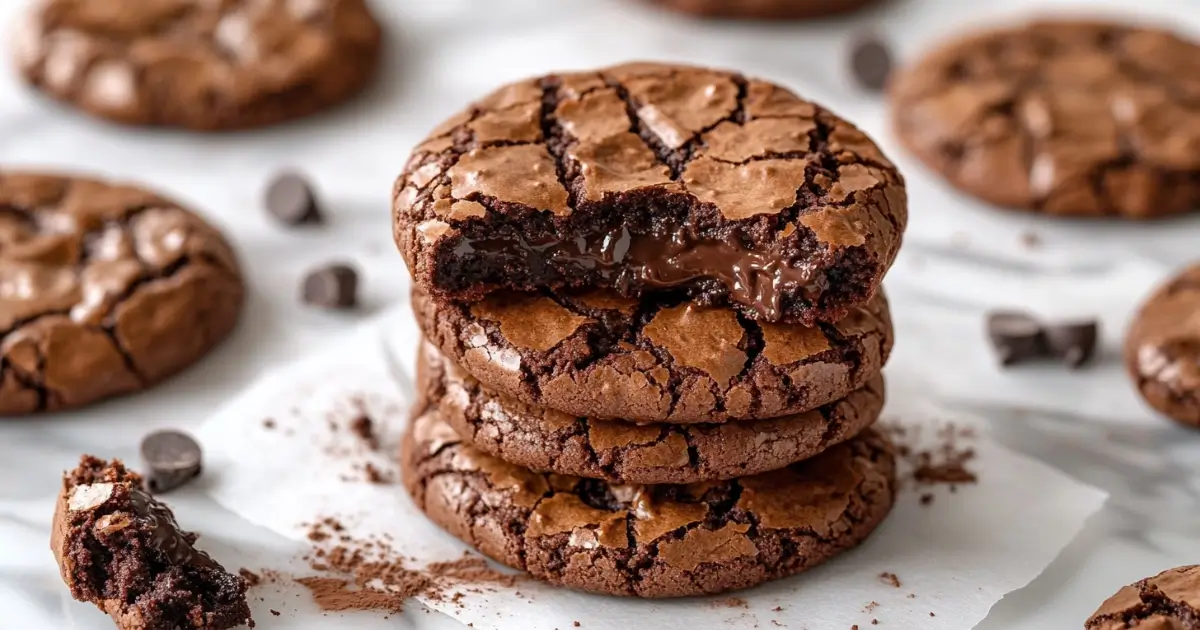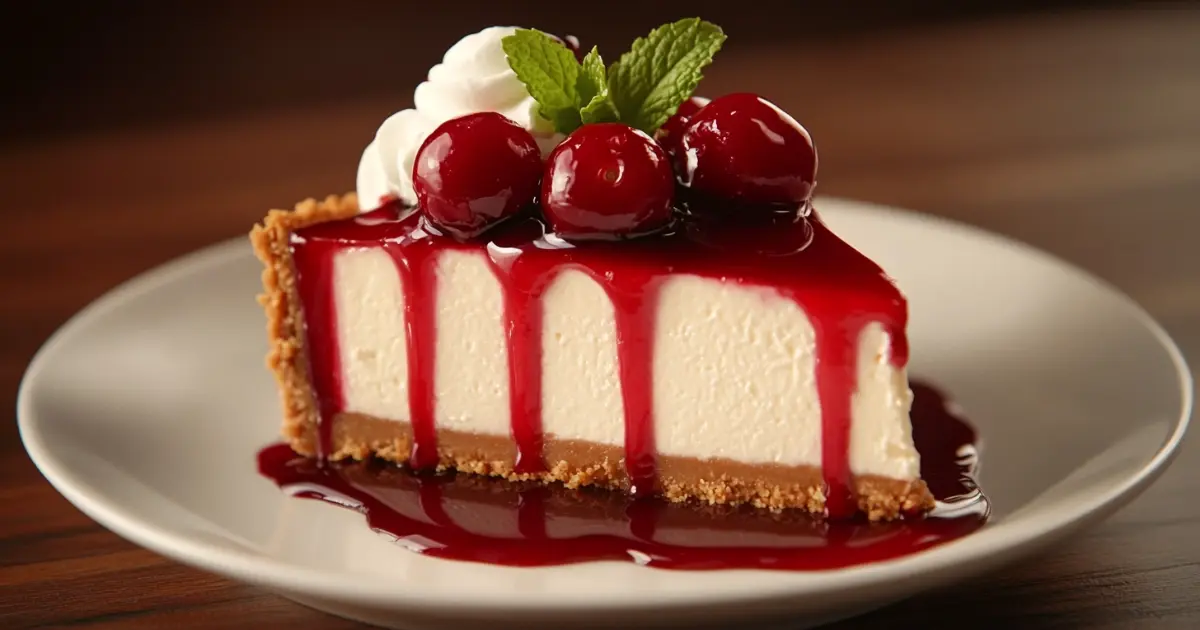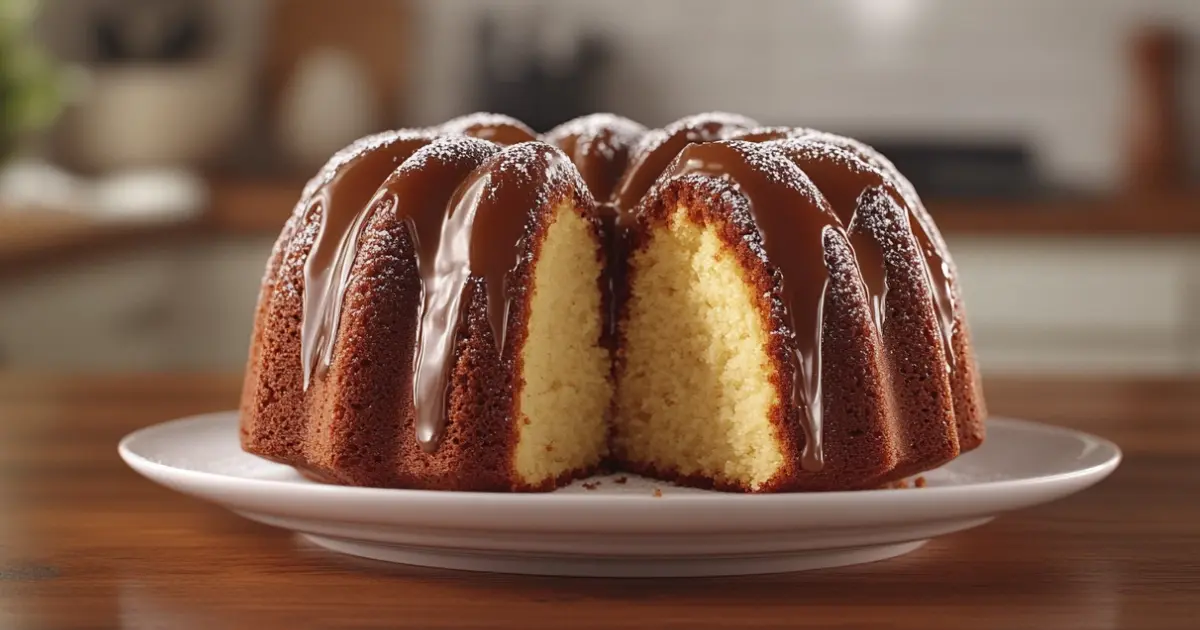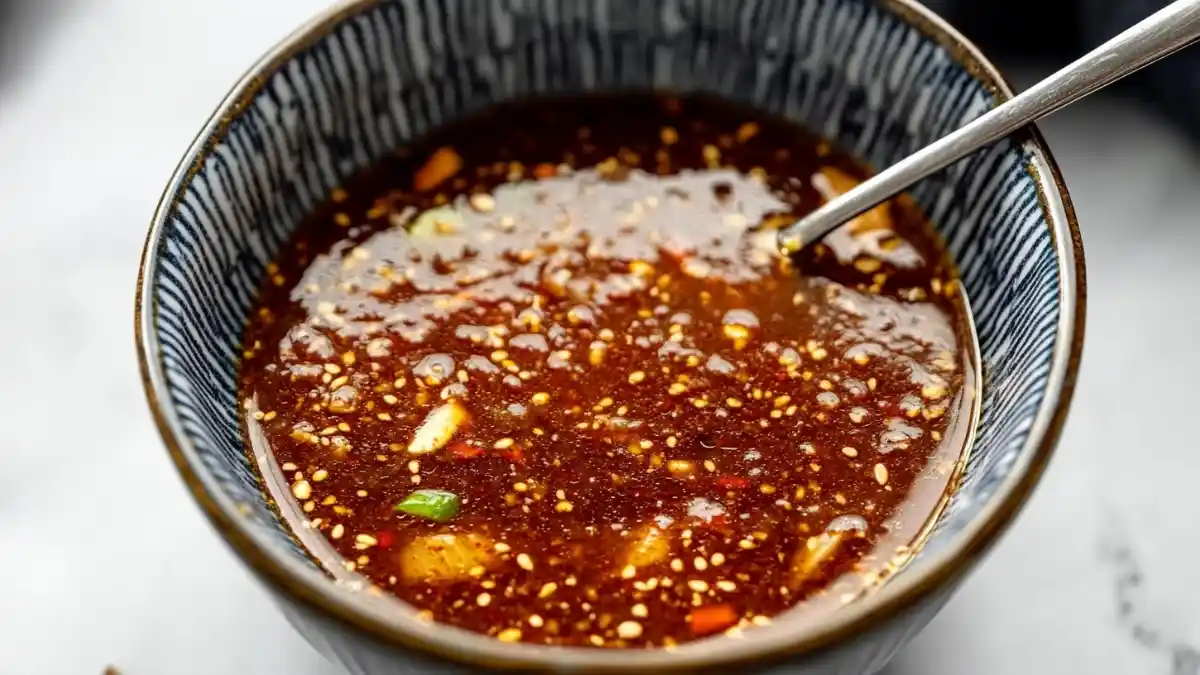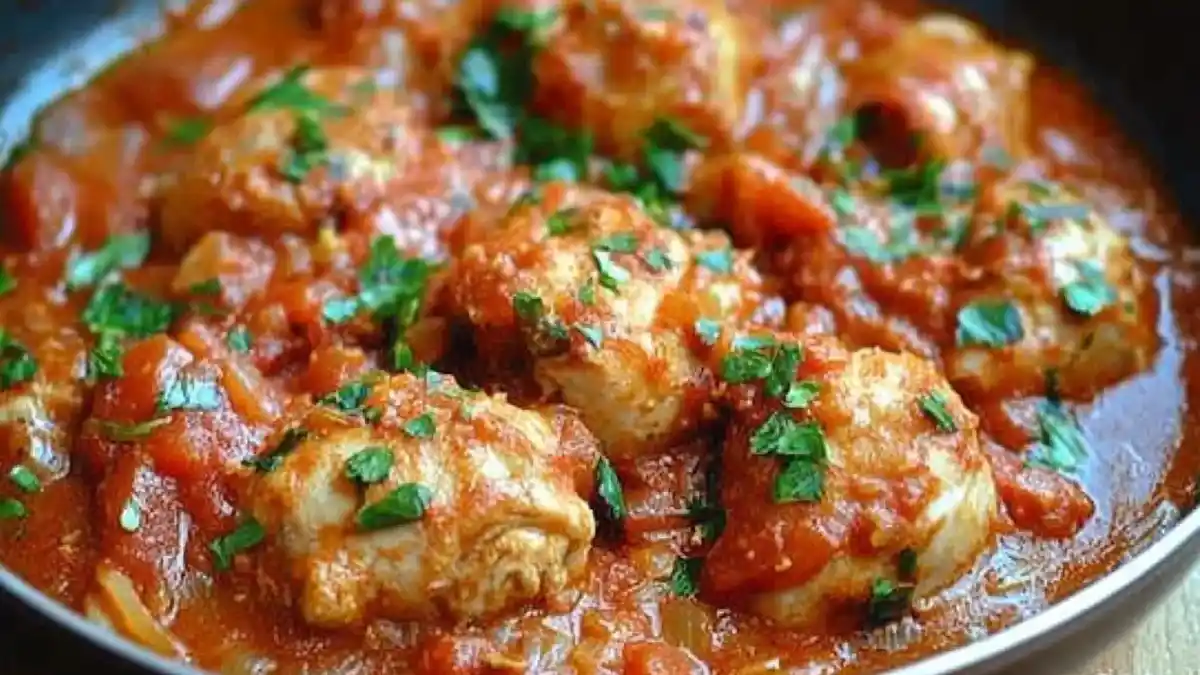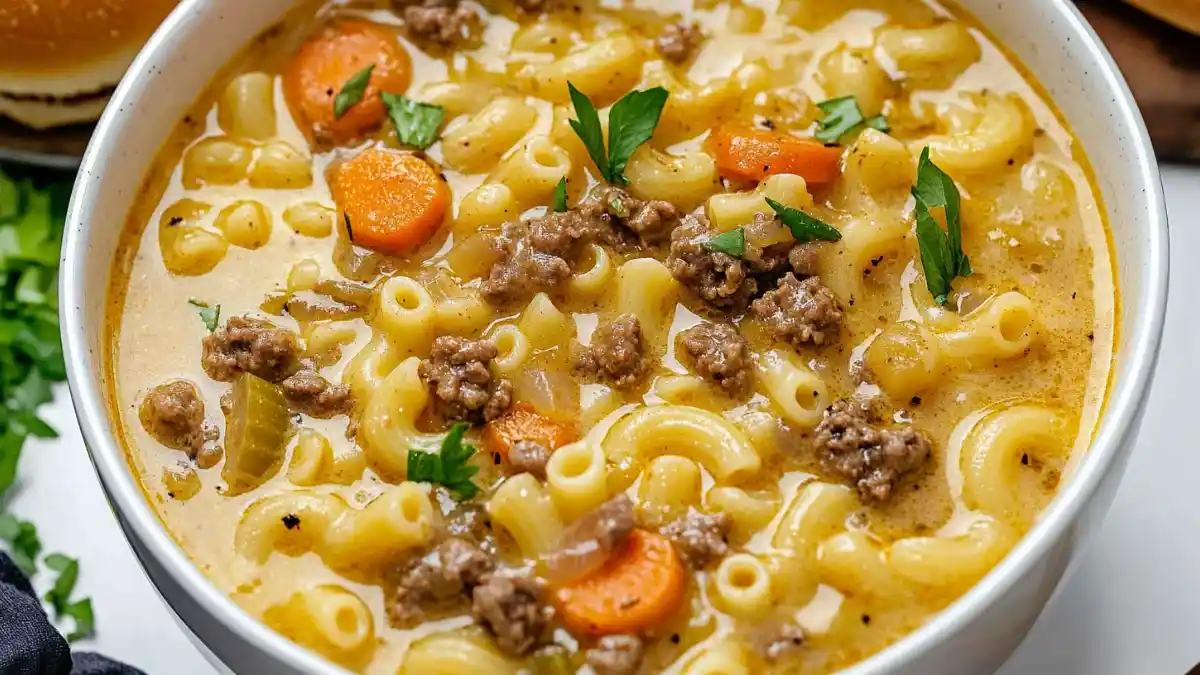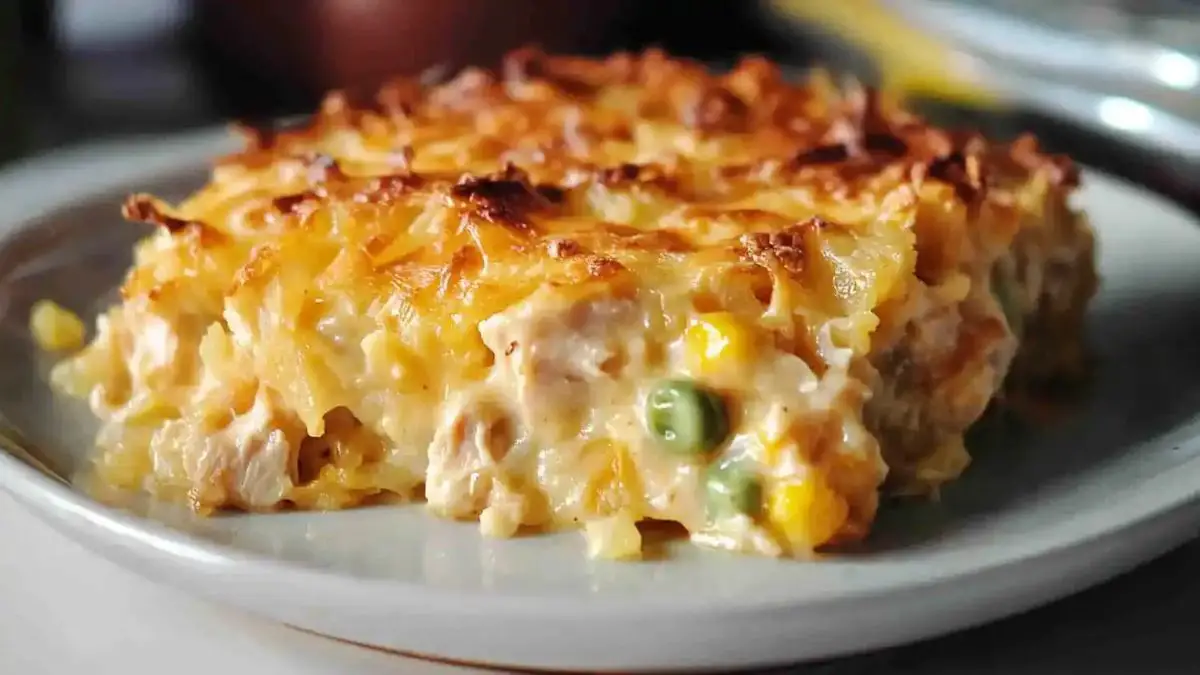Few aromas are as soothing as a steaming cup of tea on a quiet afternoon. The comforting scent of Earl Grey, known for its blend of black tea leaves and bergamot essence, has long captivated tea lovers. Now, imagine bringing that same calming fragrance into a batch of freshly baked cookies. If you are a fan of aromatic desserts that offer more than just sweetness, Earl Grey cookies are the perfect choice.
These cookies highlight the delicate balance between buttery dough and citrus-infused tea. The bergamot adds a subtle floral tone that is neither overpowering nor ordinary. While some people reserve tea flavors for beverages, introducing them into baking can open up a whole new world of taste experiences. The beauty of Earl Grey cookies lies in their versatility: they can be enjoyed as an afternoon snack, a fancy treat at a tea party, or even a homemade gift.
In this article, we will explore everything you need to know to make these fragrant delights. From a breakdown of essential ingredients to step-by-step instructions, you will learn exactly how to bring out the signature flavor of Earl Grey tea in cookie form. Whether you are a seasoned home baker or a novice in the kitchen, this guide has something for everyone. So, prepare your mixing bowls, roll up your sleeves, and let’s get started on creating a cookie that may soon become your new household favorite.
Why You’ll Love This Recipe
1. Unique Flavor Profile
A standard sugar cookie is sweet, reliable, and comforting. But when you infuse the dough with Earl Grey tea, that familiar cookie transforms into something extraordinary. The tea delivers gentle floral undertones while the bergamot oil in Earl Grey lends a subtle citrus burst. This union of flavors makes the cookies taste both sophisticated and cozy.
2. Ideal for Tea Lovers and Beyond
If you already enjoy a cup of Earl Grey, these cookies will likely become an instant favorite. For those new to tea or hesitant about floral tastes, do not worry. The bergamot adds just enough zest to intrigue the palate without overwhelming the other components of the cookie. In fact, even individuals who do not typically reach for tea-flavored desserts may find themselves pleasantly surprised by the balanced profile.
3. Easy to Make, Easy to Customize
Though the flavor is refined, the technique behind Earl Grey cookies remains quite simple. The dough follows a straightforward creaming method that most bakers, beginner or advanced, can execute. On top of that, you can adapt the sweetness level, add a hint of extra citrus zest, or introduce complementary flavors like lavender or vanilla to personalize the end result.
4. Perfect for Various Occasions
From office parties to intimate family gatherings, these cookies fit right in. Their delicate appearance and aromatic notes give them a touch of elegance suitable for festive events, but they are also down-to-earth enough for everyday snacking. Serve them during a book club meeting, add them to a holiday cookie platter, or simply keep a jar at home for when a sweet tooth emerges.
5. Make-Ahead Friendly
A busy lifestyle can sometimes limit baking sessions. However, Earl Grey cookies are make-ahead friendly. You can prepare the dough in advance, store it in the fridge or freezer, and bake fresh cookies whenever the mood strikes. This convenience ensures that you always have a fragrant treat ready at a moment’s notice.
Overall, the charm of Earl Grey cookies lies in their complexity: they are straightforward to make yet deliver a surprising depth of flavor. Their appealing fragrance and adaptability make them stand out in a sea of more conventional cookie options.
Ingredients Needed
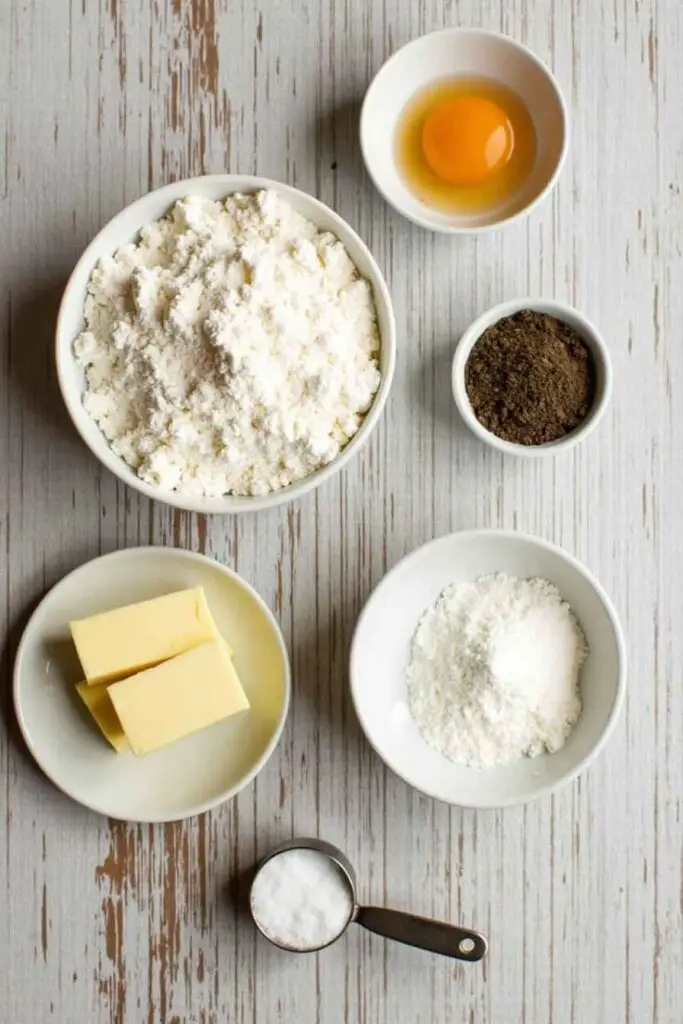
Crafting cookies brimming with Earl Grey essence starts with well-chosen ingredients. Below is a detailed list, along with tips to ensure the highest quality outcome.
- All-Purpose Flour (about 2 cups)
- Purpose: Provides structure and stability to the cookie dough.
- Tips: Sift the flour to remove lumps and aerate it, leading to a more consistent dough.
- Butter (1 cup, softened)
- Purpose: Delivers richness, tenderness, and the classic buttery taste.
- Tips: Make sure the butter is at room temperature. If it’s too cold, it won’t cream well with sugar. If it’s melted, the cookies may spread excessively.
- Granulated Sugar (¾ cup to 1 cup)
- Purpose: Sweetens and slightly contributes to browning.
- Tips: Adjust the sugar amount based on your personal preference. If you like a less sweet cookie that lets the tea flavor shine, opt for ¾ cup. If you love a sweeter profile, go for the full cup.
- Earl Grey Tea (2 tablespoons, finely ground)
- Purpose: The star flavor component, introducing a floral and citrusy tone from the bergamot.
- Tips: Use fresh tea leaves for the strongest flavor. You can either grind loose-leaf Earl Grey in a spice grinder or open tea bags and crush the leaves by hand.
- Egg (1 large)
- Purpose: Binds the dough, helping create a softer texture.
- Tips: Bring the egg to room temperature before mixing. This ensures an even blend with the butter and sugar.
- Baking Powder (½ teaspoon)
- Purpose: Assists in subtle rising, making the cookies light.
- Tips: Check the expiration date on your baking powder to guarantee its effectiveness.
- Salt (¼ teaspoon)
- Purpose: Balances sweetness and highlights the bergamot undertones.
- Tips: If you’re using salted butter, consider reducing or skipping the additional salt.
- Optional Add-Ins
- Consider adding ½ teaspoon of vanilla extract for extra warmth, or a teaspoon of grated lemon or orange zest to amplify the citrus profile. You might also experiment with a pinch of lavender for a floral twist.
Each of these ingredients plays a role in producing cookies that are both aromatic and structurally sound. By selecting high-quality items and measuring them accurately, you set the stage for a truly satisfying baking experience.
How to Make Earl Grey Cookies Recipe
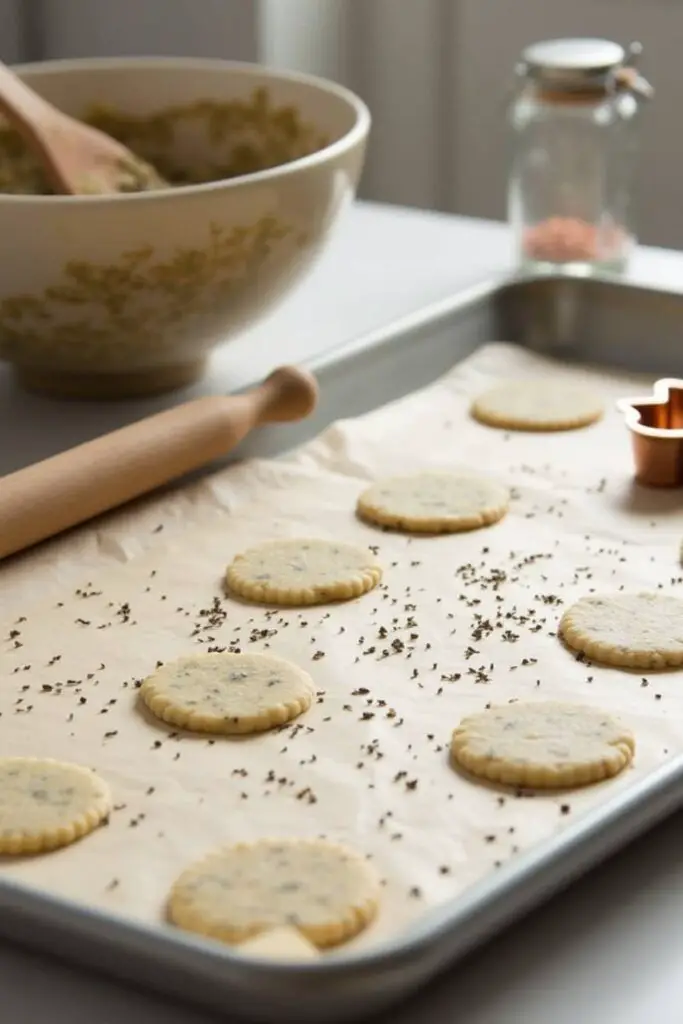
Step 1: Get Organized
Before you start, it’s best to assemble all your ingredients and tools. Preheat your oven to 350°F (180°C). Prepare your baking sheets by lining them with parchment paper or silicone mats. Having everything in place ensures a smooth baking session.
Step 2: Combine Dry Ingredients
- Measure the Flour: Scoop the flour into your measuring cup, then level it off. Transfer to a mixing bowl.
- Add Baking Powder and Salt: Stir these into the flour to ensure even distribution.
- Mix in Earl Grey Tea: Sprinkle the finely ground tea over the flour mixture. Gently whisk or sift to blend. This step distributes the tea flakes throughout, so you won’t end up with clumps of flavor in one spot.
Step 3: Cream the Butter and Sugar
- Soften the Butter: If your butter is not already softened, allow it to rest at room temperature for about 30 minutes.
- Cream Together: In a separate large bowl, combine the softened butter and sugar. Use a hand mixer or stand mixer on medium speed (or mix by hand with a sturdy spatula). Beat until the mixture becomes light, pale, and fluffy. This process can take 2–3 minutes with a mixer.
- Check Texture: The creamed mixture should hold slight peaks when you lift the mixer. Properly creamed butter and sugar incorporate air, leading to cookies with a delicate crumb.
Step 4: Incorporate Egg and Optional Extras
- Add the Egg: Crack the egg into the bowl with the creamed butter and sugar. Mix on low to medium speed until just combined. Overmixing can make the cookies denser.
- Optional Flavor Boost: If you want to include vanilla extract, citrus zest, or other add-ins (like a pinch of lavender), stir them in now. This step is where you personalize your cookies to fit your taste preferences.
Step 5: Form the Dough
- Gradually Add Dry Mixture: Spoon the flour and tea mixture into the bowl of creamed ingredients in intervals. Mix on low speed or gently fold by hand.
- Monitor Consistency: The dough should come together in a soft, pliable form. If it’s too sticky to roll, sprinkle in a tablespoon of flour. If it’s too dry or crumbly, add a tablespoon of milk or water. Strive for a dough that holds its shape without being overly stiff.
Step 6: Shape the Cookies
- Portion the Dough: Use a tablespoon or cookie scoop to get even portions. Roll each portion into a ball between your palms.
- Arrange on Baking Sheets: Place the dough balls about 2 inches apart on the prepared sheets. Flatten them slightly with your fingers or a fork. Flattening ensures a more uniform bake time.
- Chill if Necessary: If you notice the dough becoming warm, consider placing the baking sheet in the refrigerator for 10–15 minutes before baking. Cooler dough spreads less.
Step 7: Bake
- Oven Time: Slide the baking sheets into the preheated oven. Bake for 10–12 minutes, or until the edges are set and lightly golden. The tops might look slightly soft, but they will firm up while cooling.
- Avoid Overbaking: If you keep the cookies in the oven too long, the delicate flavors may taste dry and the cookies become hard. Take them out once the edges turn a gentle golden color.
Step 8: Cool and Enjoy
- Initial Cool: Let the cookies rest on the baking sheet for about 1 minute after removing them from the oven. This helps them hold their shape.
- Transfer: Carefully move them to a wire rack to finish cooling. The cooling process is essential for achieving the right texture.
- Taste Test: Sample one while it’s still slightly warm, taking note of the bergamot aroma. The full flavor profile matures as they cool completely.
By following these steps, you will achieve cookies that successfully capture the essence of Earl Grey tea. The method is straightforward, and each stage contributes to building a finished product with a memorable aroma and tender crumb.
Serving and Storage Tips
Serving Suggestions
- Afternoon Tea Pairings: Naturally, these cookies shine when served alongside a cup of Earl Grey tea. If you want a creamier complement, try them with a latte or even a mild herbal tea to contrast the bergamot flavor.
- Dessert Spreads: Include them on dessert platters with fruit tarts, chocolate brownies, or shortbread for variety. Their citrus-floral notes lighten heavier treats, creating a balanced assortment.
- Toppings: For added flair, dust the top of each cookie with powdered sugar or drizzle a simple glaze made from confectioners’ sugar and lemon juice. This extra topping enhances the visual appeal and adds a sweet tang.
Storage Methods
- Room Temperature: Place cooled cookies in an airtight container. At moderate room temperature, they should remain fresh for around 5–7 days.
- Refrigeration: While not strictly necessary, you can refrigerate them if you live in a hot, humid climate. Use a sealed container, and allow the cookies to come to room temperature before serving.
- Freezing the Dough: If you prefer freshly baked cookies on demand, shape the dough into a log, wrap it tightly in plastic wrap, and then place it in a freezer-safe bag. Thaw in the refrigerator, slice, and bake as needed.
- Freezing Baked Cookies: Fully baked cookies can also go into the freezer for up to 2–3 months. Layer them between sheets of parchment or wax paper in a sturdy container to prevent sticking.
Proper storage not only maintains the soft yet lightly crisp texture but also preserves the distinct Earl Grey fragrance. Whether you prefer them freshly baked or stored for later enjoyment, these cookies are a versatile treat that can easily fit various lifestyles.
This chart offers detailed recommendations on how long various foods can be stored in the refrigerator and freezer to maintain safety and quality. REFRIGERATOR & FREEZER STORAGE CHART
Helpful Notes
- Tea Strength: The intensity of the Earl Grey flavor depends on the quality and freshness of your tea. If you use a premium brand with strong bergamot notes, the cookies will have a more pronounced aroma. If you find the flavor too subtle, you can add up to 3 tablespoons of ground tea leaves in future batches.
- Grinding Leaves: Make sure the tea leaves are finely ground, almost like a coarse powder. Larger tea flakes may not blend seamlessly, resulting in uneven flavor distribution. If you do not have a dedicated grinder, place the tea in a small plastic bag, seal it, and use a rolling pin to crush the leaves to a fine consistency.
- Experiment with Add-Ons:
- Lavender: Pairing lavender buds (food-grade) with Earl Grey can amplify floral notes. Use it sparingly to avoid an overpowering taste.
- Citrus Zest: Orange or lemon zest naturally complements the bergamot. A teaspoon or two can brighten the overall profile.
- Icing Variations: A thin drizzle of lemon glaze can provide a sweet-tart contrast to the mild bitterness of black tea.
- Avoiding a Dry Dough: If your dough feels too crumbly, you can fix it by blending in a tablespoon of milk or water at a time until it holds together. Overly dry dough can lead to cracked or brittle cookies.
- Watch the Bake Time: These cookies can go from perfectly baked to overdone within a short window. Keep an eye on the oven during the final minutes, especially if you have a convection oven. Overbaking can mask the nuanced tea flavor and result in a dry texture.
- Allergy-Friendly Options:
- Gluten-Free: Consider a 1:1 gluten-free baking blend if you or your guests have gluten sensitivities. The texture may differ slightly, but the aroma remains.
- Vegan: Swap regular butter for a plant-based alternative and use a flax egg (1 tablespoon ground flaxseed + 3 tablespoons water, left to thicken for a few minutes) in place of the egg.
Incorporating these notes ensures you can personalize and perfect your Earl Grey cookies. Baking often involves small tweaks, and these suggestions help you troubleshoot or enhance specific aspects of your recipe.
Conclusion
Earl Grey cookies offer a delightful way to experience a much-loved tea flavor in a new and comforting form. Their bright yet delicate taste, courtesy of bergamot and black tea, sets them apart from standard cookie varieties. Whether you are preparing them as a sweet surprise for friends or enjoying them during a private afternoon break, the scent alone makes them worth trying.
These cookies are flexible in many ways. You can keep them simple or introduce subtle add-ons like citrus zest or a light frosting to highlight their floral undertones. Their manageable baking process ensures that even beginners can create a mouthwatering batch. Plus, the option to freeze either the dough or the finished cookies adds convenience for anyone seeking an on-demand treat.
By selecting quality tea, accurately measuring your ingredients, and paying close attention to baking time, you can achieve a crisp edge and a softly chewy center. The end result is a cookie that feels refined enough for special gatherings, yet cozy enough for daily enjoyment. We hope this guide encourages you to explore new flavors in your baking adventures. Happy baking, and may these Earl Grey cookies become a cherished addition to your repertoire!
This article discusses the nutritional information and potential health benefits of Earl Grey tea: Is It Good for You?
_____________________________________
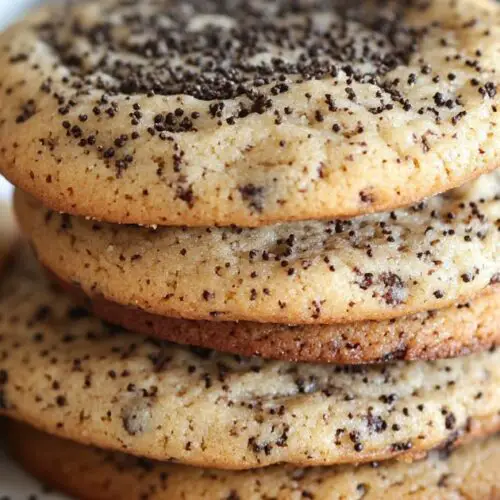
Earl Grey Cookies Recipe
Ingredients
- 2 cups all-purpose flour
- 1 cup butter softened
- ¾ cup granulated sugar adjust to 1 cup for a sweeter taste
- 2 tablespoons Earl Grey tea finely ground
- 1 large egg
- ½ teaspoon baking powder
- ¼ teaspoon salt
- Optional: ½ teaspoon vanilla extract 1 teaspoon citrus zest (orange or lemon)
Instructions
Step 1: Get Organized
- Before you start, it’s best to assemble all your ingredients and tools. Preheat your oven to 350°F (180°C). Prepare your baking sheets by lining them with parchment paper or silicone mats. Having everything in place ensures a smooth baking session.
Step 2: Combine Dry Ingredients
- Measure the Flour: Scoop the flour into your measuring cup, then level it off. Transfer to a mixing bowl.
- Add Baking Powder and Salt: Stir these into the flour to ensure even distribution.
- Mix in Earl Grey Tea: Sprinkle the finely ground tea over the flour mixture. Gently whisk or sift to blend. This step distributes the tea flakes throughout, so you won’t end up with clumps of flavor in one spot.
Step 3: Cream the Butter and Sugar
- Soften the Butter: If your butter is not already softened, allow it to rest at room temperature for about 30 minutes.
- Cream Together: In a separate large bowl, combine the softened butter and sugar. Use a hand mixer or stand mixer on medium speed (or mix by hand with a sturdy spatula). Beat until the mixture becomes light, pale, and fluffy. This process can take 2–3 minutes with a mixer.
- Check Texture: The creamed mixture should hold slight peaks when you lift the mixer. Properly creamed butter and sugar incorporate air, leading to cookies with a delicate crumb.
Step 4: Incorporate Egg and Optional Extras
- Add the Egg: Crack the egg into the bowl with the creamed butter and sugar. Mix on low to medium speed until just combined. Overmixing can make the cookies denser.
- Optional Flavor Boost: If you want to include vanilla extract, citrus zest, or other add-ins (like a pinch of lavender), stir them in now. This step is where you personalize your cookies to fit your taste preferences.
Step 5: Form the Dough
- Gradually Add Dry Mixture: Spoon the flour and tea mixture into the bowl of creamed ingredients in intervals. Mix on low speed or gently fold by hand.
- Monitor Consistency: The dough should come together in a soft, pliable form. If it’s too sticky to roll, sprinkle in a tablespoon of flour. If it’s too dry or crumbly, add a tablespoon of milk or water. Strive for a dough that holds its shape without being overly stiff.
Step 6: Shape the Cookies
- Portion the Dough: Use a tablespoon or cookie scoop to get even portions. Roll each portion into a ball between your palms.
- Arrange on Baking Sheets: Place the dough balls about 2 inches apart on the prepared sheets. Flatten them slightly with your fingers or a fork. Flattening ensures a more uniform bake time.
- Chill if Necessary: If you notice the dough becoming warm, consider placing the baking sheet in the refrigerator for 10–15 minutes before baking. Cooler dough spreads less.
Step 7: Bake
- Oven Time: Slide the baking sheets into the preheated oven. Bake for 10–12 minutes, or until the edges are set and lightly golden. The tops might look slightly soft, but they will firm up while cooling.
- Avoid Overbaking: If you keep the cookies in the oven too long, the delicate flavors may taste dry and the cookies become hard. Take them out once the edges turn a gentle golden color.
Step 8: Cool and Enjoy
- Initial Cool: Let the cookies rest on the baking sheet for about 1 minute after removing them from the oven. This helps them hold their shape.
- Transfer: Carefully move them to a wire rack to finish cooling. The cooling process is essential for achieving the right texture.
- Taste Test: Sample one while it’s still slightly warm, taking note of the bergamot aroma. The full flavor profile matures as they cool completely.
Notes
- Calories: 120
- Total Fat: 6g
- Saturated Fat: 3.5g
- Cholesterol: 20mg
- Sodium: 50mg
- Total Carbohydrates: 15g
- Dietary Fiber: 0.5g
- Sugars: 7g
- Protein: 1.5g
Explore More Delicious Recipes
If you enjoyed diving into the Earl Grey Cookies Recipe, why not explore more delightful dishes from our collection? Here are some must-try recipes to elevate your baking adventures:
- Hello Kitty Cake Recipe: A fun and adorable cake that’s perfect for themed celebrations.
- Cake Mix and Cool Whip Cookies: Soft, chewy, and incredibly easy to make with just a few ingredients.
- Easy Brookie Recipe: The perfect combination of brownies and cookies for the ultimate dessert.
- Peanut Butter Balls: A no-bake treat bursting with creamy peanut butter flavor.
- Banana Bread Cookies Recipe: A delightful twist on classic banana bread in cookie form.
Explore these recipes today to bring more exciting flavors to your table and make every baking moment unforgettable!
FAQs
1. What Makes Earl Grey Cookies Unique?
Earl grey cookies stand out because they blend a buttery dough with the bright, citrusy notes of bergamot from black tea leaves. This combination creates a balanced flavor that is both sweet and slightly floral. Using fresh, high-quality tea leaves ensures a vivid fragrance and taste. This unique twist appeals to tea lovers and anyone seeking a subtle yet intriguing cookie flavor.
2. Can I Use Regular Black Tea Instead of Earl Grey?
While you can substitute regular black tea, you will lose the citrus aroma that defines earl grey cookies. Black tea without bergamot will give you a milder flavor profile. If you want a similar citrus boost, consider adding orange or lemon zest to mimic some of the signature brightness of earl grey tea.
3. How Do I Prevent the Cookies from Spreading Too Much?
Two factors commonly lead to excess spreading: warm butter and a thin dough. Make sure your butter is softened but not melted before creaming it with sugar. If the dough feels soft or sticky, chill it for 20–30 minutes in the refrigerator. This step allows the butter to firm up, helping your earl grey cookies hold their shape as they bake.
4. Can I Make These Earl Grey Cookies Dairy-Free?
Absolutely. You can replace regular butter with a plant-based butter alternative to make these cookies dairy-free. Check the baking instructions for the substitute you use, as some brands may slightly change the dough’s consistency. Always aim for a smooth, pliable dough to ensure even baking and a tender crumb.
5. What Is the Best Way to Store Earl Grey Cookies?
To maintain freshness, keep your cookies in an airtight container at room temperature. They will stay soft for about a week. If you live in a humid area, add a small piece of parchment paper to absorb extra moisture. For longer storage, freeze the cookies in a sealed container or freezer bag. Thaw them at room temperature before serving to preserve their delicate texture and flavor.

